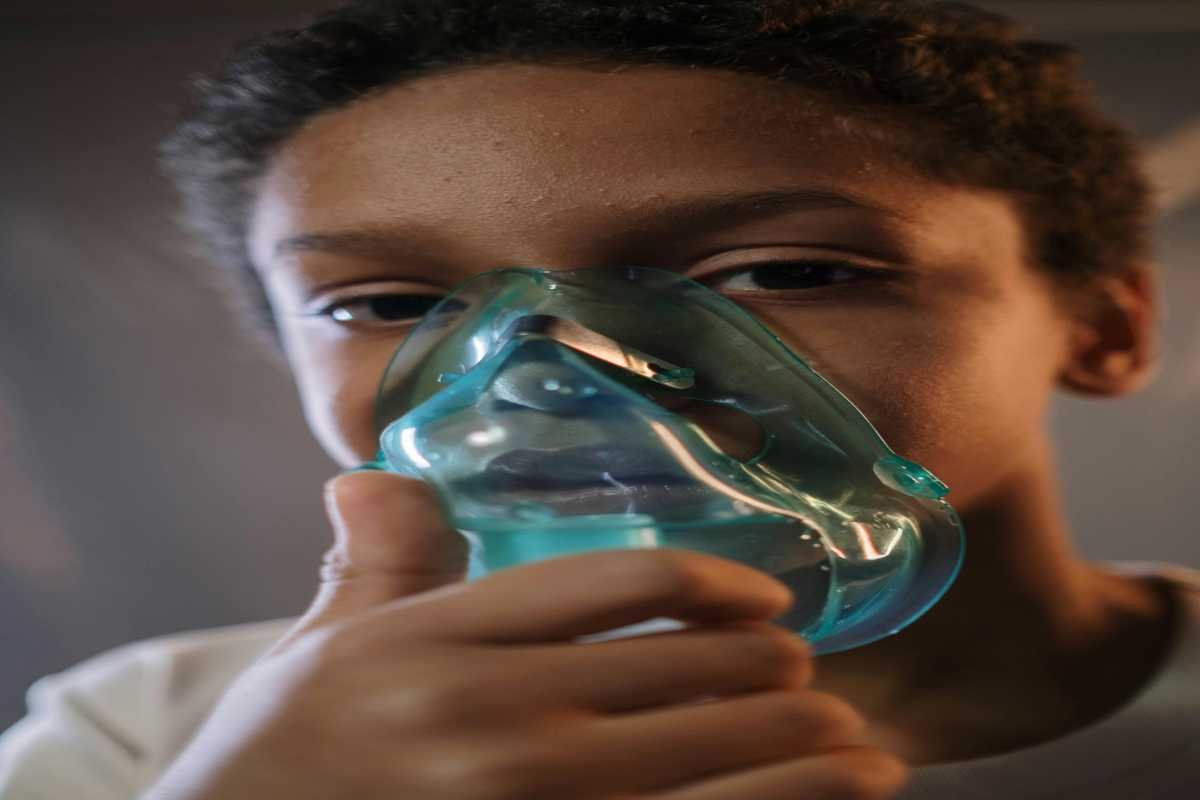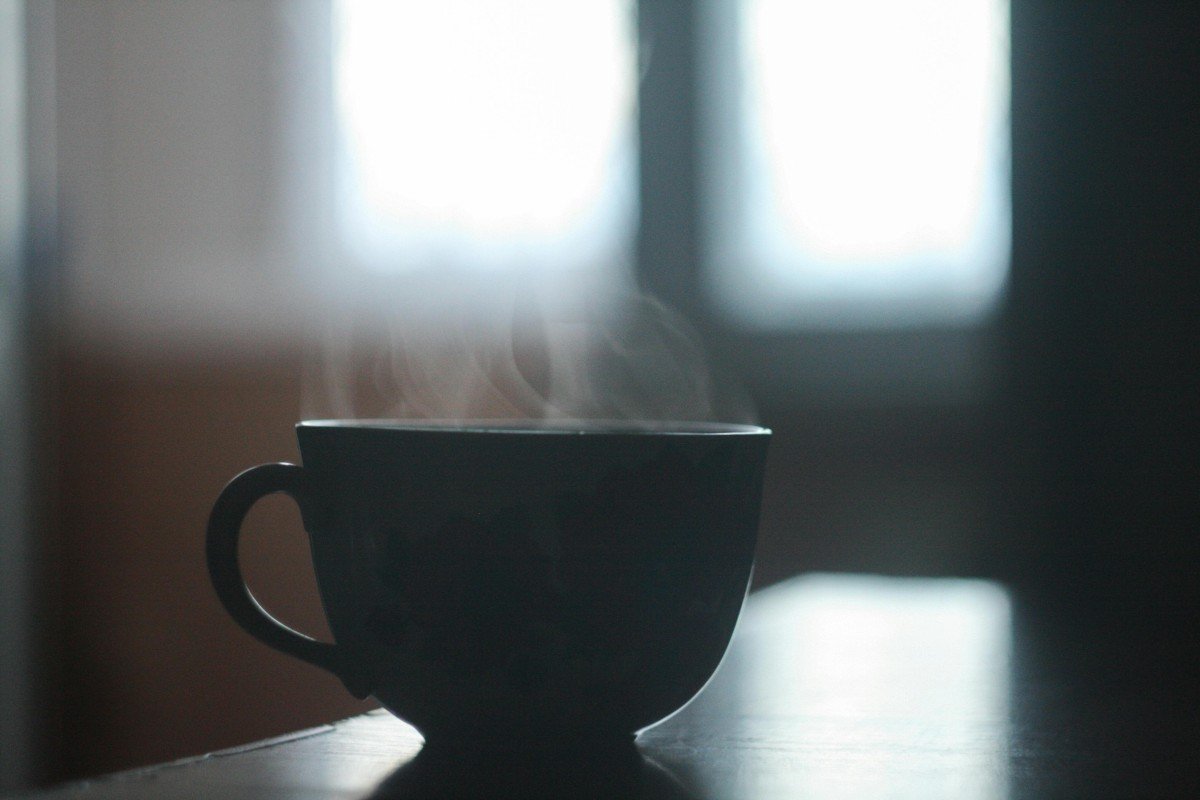Home Remedies for Food Allergies
Food allergies can range from mild discomfort to severe reactions, and they often require medical intervention. However, some home remedies may help alleviate mild symptoms of food allergies or reduce the likelihood of flare-ups. It’s important to note that these remedies are not a substitute for medical treatment, and individuals with severe allergies should always … Read more






